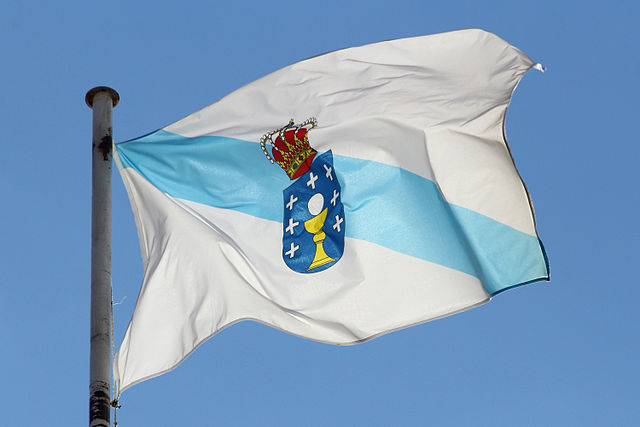Living Like Popes in Avignon, France
It was mid-February and my friend Melissa and I were not amused with how the Galician winter had been treating us. Dark skies and rainy nights kept us indoors most of the time, and because of high humidity, the cold temperatures were particularly bitter despite never dropping below freezing. Simply put, we needed to get out, and sunny southern France seemed like a great place to escape from Santiago for a long weekend. View this post on Instagram Arrival in Avignon // Santiago de Compostela 🚅 Vigo 🚈 Porto ✈️ Marseille 🚄 Avignon. Safe to say it's been a long 24 hours but @lissakathryn and I made it in one piece to this charming mid-sized city in France's southern region of Provence. After sharing some amazing open-face cheesy sandwiches and a raspberry tart that was to DIE for, we peeked in to the Place du Palais where you can get amazing views of the 14th-century Papal Palace, the residence of the Popes in
